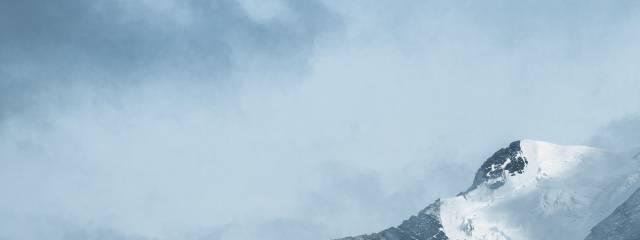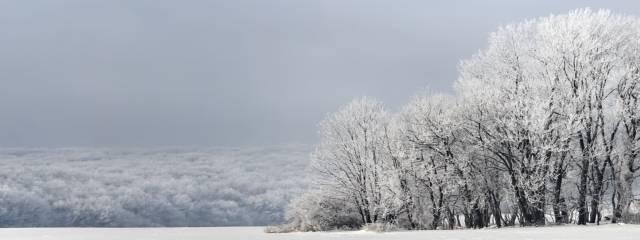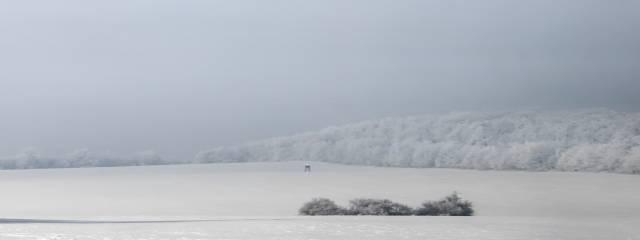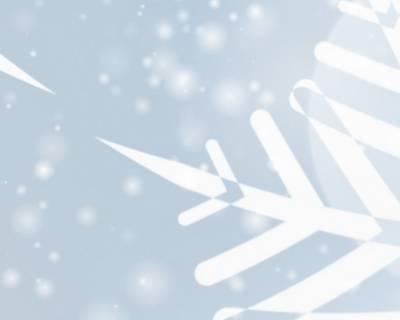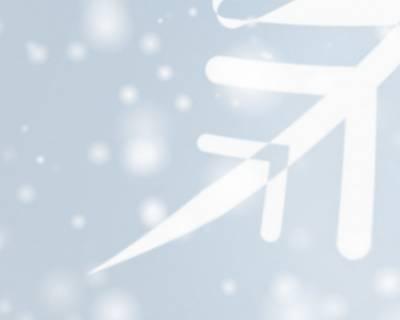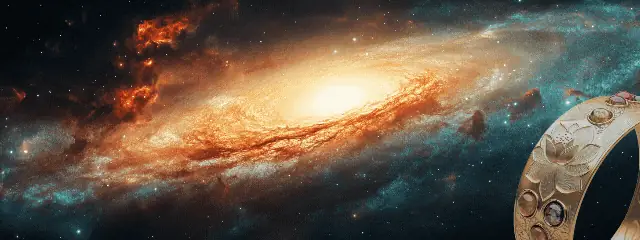| doctor | Sun Si-miao |
| dynasty | Sui to Tang, lived in 581–682 AD |
| works | wrote Beiji Qianjin Yaofang , Yinhai Jingwei , Qianjin Yifang |
Sun Si-miao, known as Sun Zhenren in the world, was revered by later generations as the King of Medicine. He was from Sunjiayuan, Huayuan, Jingzhao, Tang Dynasty (now Yaoxian, Shaanxi). He was born around the first year of the Kaihuang era of Emperor Wen of Sui (581) and died in the first year of the Yongchun era of Emperor Gaozong of Tang (682), living to be 101 years old (there are many theories about the birth year of Sun Si-miao, mainly three, with the most widely accepted being the first year of the Kaihuang era of Sui (581): another theory suggests he was born in the seventh year of the Datong era of Emperor Xiwei (541); and another theory suggests he was born in the fourteenth year of the Rantiande era (515), here we adopt the widely accepted theory).
Sun was frail and sickly in his youth, and from a young age, he aspired to pursue medicine as a career, diligently studying the art of Qi Huang. In his adulthood, he once secluded himself in Taibai (SP3) Mountain (now in Shaanxi) to engage in medical and alchemical activities. In the third year of Yonghui (652), he completed the Beiji Qianjin Yaofang in thirty volumes. In the fourth year of Xianheng (673), he served as Chengwulang in the Shangyao Bureau, and in the first year of Shangyuan (674), he resigned due to illness. In the first year of Yongchun (682), he completed the Qianjin Yifang in thirty volumes. In the same year, Sun Si-miao passed away, leaving instructions for a simple burial. His son, named Xing, served as Fengtu Shilang during the Tianzhu era (690-692), and his grandson, named Pu, served as the County Magistrate of Xiaoxian (now Xiaoxian, Anhui).
Sun Si-miao lived through the Sui and Tang dynasties and was a knowledgeable and skilled physician. He did not confine himself to ancient methods in diagnosis and treatment, but instead integrated the strengths of various schools. He did not limit his use of medicine to the Bencao Jing, but rather used prescriptions and single remedies flexibly based on clinical needs, achieving remarkable efficacy. He placed great importance on folk medical experiences, often traveling far and wide, sparing no expense to seek out true methods and prescriptions. He was not only proficient in internal medicine but also skilled in surgery, gynecology, pediatrics, five sense organs, and ophthalmology. He also studied health preservation, diet therapy, acupuncture and moxibustion, prevention, and alchemy, possessing extensive pharmacological knowledge and superb acupuncture and moxibustion techniques.
Sun Si-miao accumulated over eighty years of medical experience and authored Beiji Qianjin Yaofang and Qianjin Yifang, which comprehensively summarized medical experiences and pharmacological knowledge from ancient times to the Tang Dynasty, enriching the content of Chinese medicine. His medical thoughts and academic achievements are mainly reflected in: developing Zhang Zhong-jing's cold-damage disease theory, and compiling the great achievements of medical prescriptions before the Tang Dynasty. In diagnostics, he elevated the understanding of diseases to a new level, and in therapeutics, he innovated new medical techniques; in pharmacology, he emphasized genuine regional materia medica as well as the cultivation, collection, processing of materia medica, and storage; in maternal and child health, he emphasized the significance of establishing specialized departments for women and children, creating conditions for the establishment of specialized departments for pediatrics and obstetrics; in acupuncture and moxibustion, he drew colored three-person nose diagrams, created the method of matching acupoints, advocated for ashi points and the body cun method, which promoted the development of acupuncture and moxibustion, and enriched the theory of health preservation and longevity, advocating for hygiene and opposing the consumption of mineral drugs.
Sun's works, apart from those mentioned above, are numerous as recorded in historical documents, most of which have been lost. The main ones include: Qianjin Yangsheng Fang in one volume, Qianjin Sui Fang, and 18 others. Additionally, the extant specialized ophthalmology work Yinhai Jingwei is attributed to Sun.Sun Si-miao holds a lofty position in the history of Chinese medicine and has been loved and supported by people throughout the ages. After his death, people built temples and erected steles in his honor. To this day, in his hometown of Yaoxian, Shaanxi, at Sunjiayuan, there is still a Sun family ancestral hall, which houses a statue of Sun. On Yaoxian's Yaowang Mountain, there are remnants of Sun's activities, including the Yaowang Temple, Baizhen Platform, Medicine Washing Pool, and Taixuan Cave.

